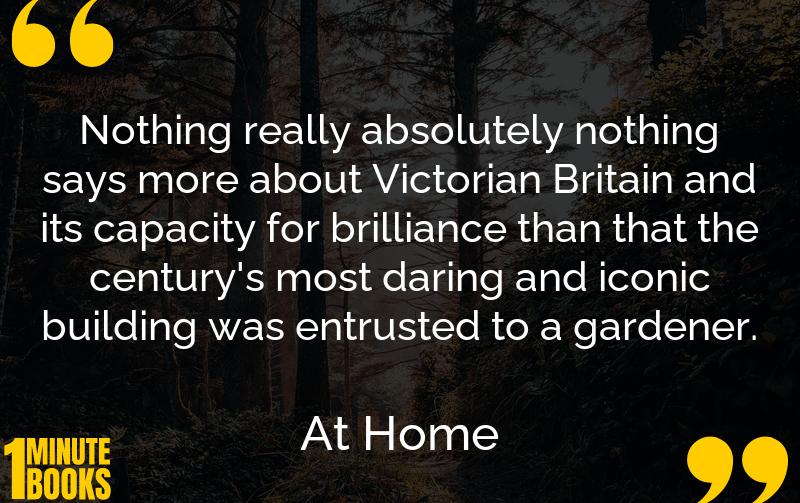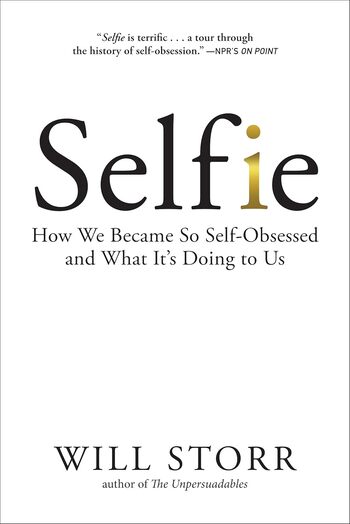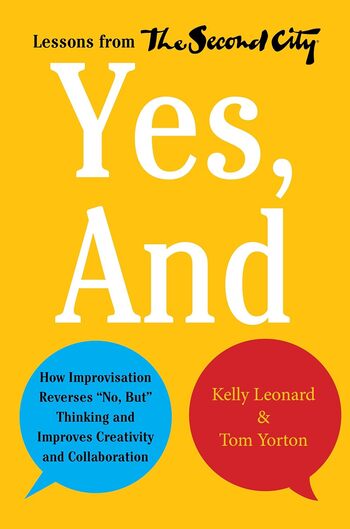
In ‘At Home,’ Bill Bryson explores the fascinating history of domestic life, taking readers through rooms in his house to uncover remarkable tales of innovation, society, and comfort.
Main Lessons
- Domestic spaces are a living history, reflecting cultural and technological changes over time.
- Everyday items, like doors and windows, can reveal historical economic challenges and innovations.
- Countless inventors never benefited from their creations, such as the creator of the Mason jar.
- Refrigeration and ice significantly transformed food consumption, yet are relatively recent innovations.
- Historical comfort differed significantly; rooms were multipurpose spaces without fixed furniture roles.
- Early electricity and appliances were unreliable and often dangerous, highlighting progress in safety.
- Victorian societal norms, especially regarding gender roles, created complex relationships with bedroom use.
- Landscape design in England often crafted seemingly natural environments through deliberate manipulation.
- Historically, high mortality rates were linked to inadequate healthcare and sanitation, like poisoned wallpapers.
- Lawn maintenance can be environmentally costly, despite its green appearance.
- Historical bathing and bathroom innovations reflect changing ideas about health and cleanliness.
- The advent of telecommunications transformed daily life, despite early inconveniences like no phone ringtones.
- 19th-century saw unprecedented change in technology, society, and culture, setting modern foundations.
- The impact of human consumption on resources, highlighted by extinct mahogany, underscores environmental responsibilities.
- The narrative of slowing climate change and energy crisis threads through history’s cautionary tales.








